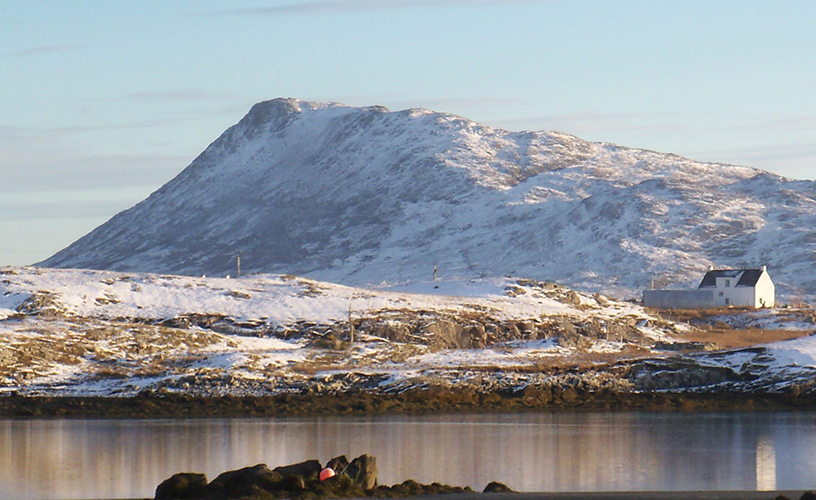ABOUT THE PROJECT
The CLANDAGE project (Building Climate Resilience through Communities, Landscapes and Cultural Heritage project) was funded by the Arts and Humanities Research Council, through the UK Climate Resilience program, to investigate how landscapes, communities and people have historically and continue to experience, cope and adapt to climate change.
PROJECT LEAD
Neil Macdonald
Professor of Geography
University of Liverpool
LOCATION:
Outer Hebrides, UK
Project ACTIVE:
2020 – 2023
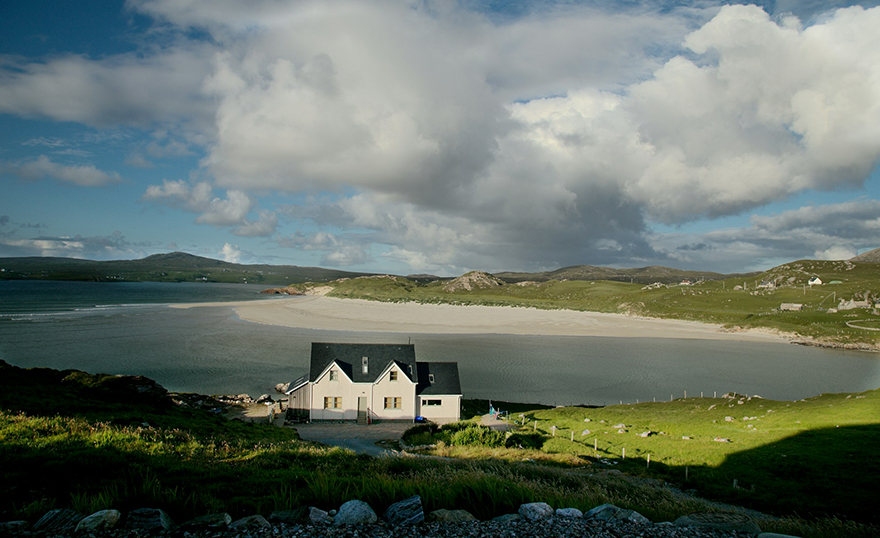
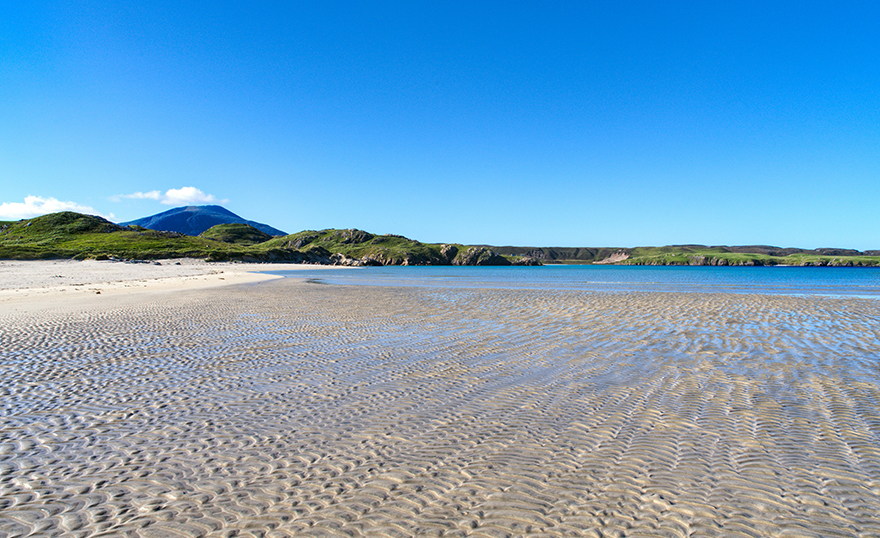
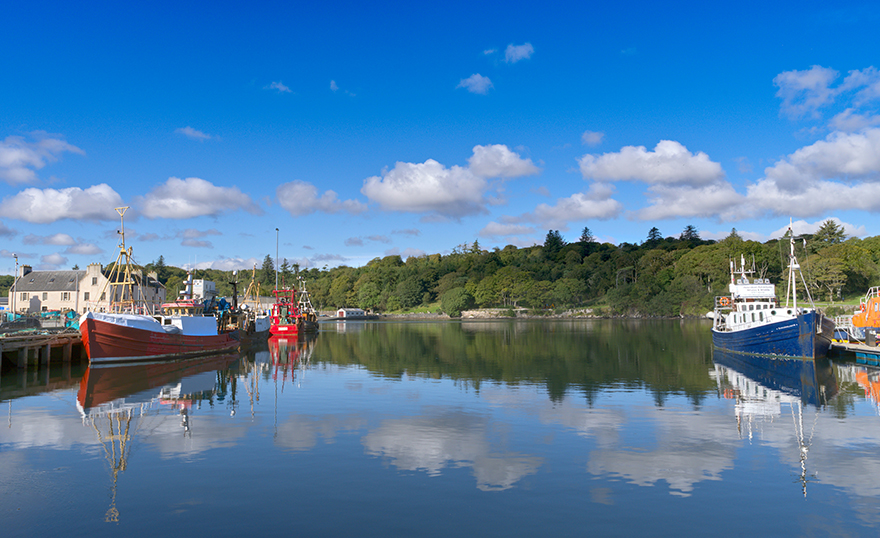
Project Partners



Project Funders

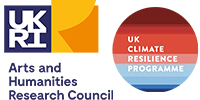

The Challenge
Climatic records and long-term observation records have long been used to support larger-scale analysis of climate change. However, whilst such series are valuable, they have tended to focus on well-documented regions, with only a limited number exploring more remote sites. In addition, the focus of these records on hard data and not qualitative, experiential accounts, erases both the experience of people living through the events and also our ability to learn from their individual accounts of resilience.
The research team identified a need for research into the climate histories of remote areas and the impacts of and responses to extreme climate events on the communities living in those areas.
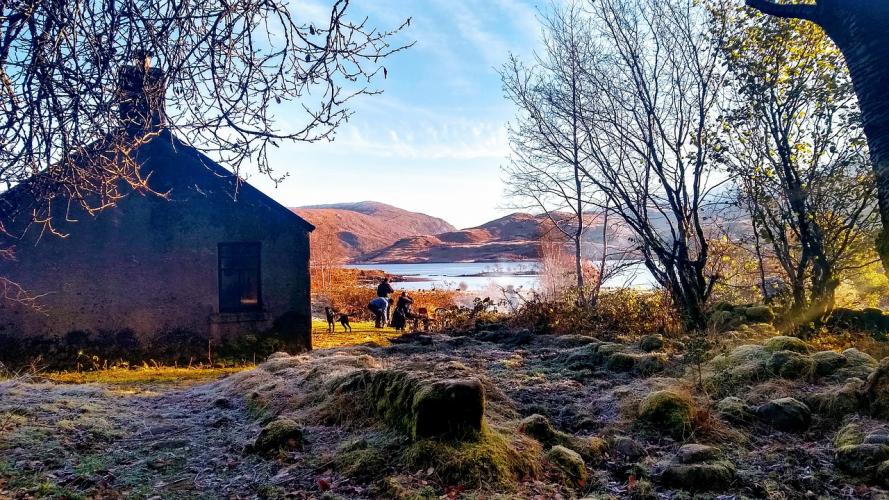
Our Approach
The strategy of co-production adopted through the project means that partnerships and engagement with a range of stakeholders, user-groups and communities was integral. The project was developed with the Museum & Tasglann nan Eilean Siar (Museum and Heritage Service of the Western Isles) at Stornoway and Benbecula, building on the links forged during an earlier project.
We adopted a case-study approach to develop a set of local and regional climate histories to identify periods of unusual weather and extreme events and investigate the scale of impact and nature of human responses.
We examined how individual and community responses to past climate variability, including the recording and recollection of events, have changed over the course of recent centuries. Archival research conducted during the project revealed that school logbooks contained detailed records of the impacts of the weather on island social life from the 1870s onwards, addressing a gap in written records previously identified during the AHRC funded ‘Spaces of Experience and Horizons of Expectation: The Implications of Extreme Weather Events, Past, Present and Future‘ (2013-2016). We made innovative use of these under-researched archival source materials to help local people and visitors to the Outer Hebrides better appreciate the historic relations between weather and social life on the Isles, and in turn encouraged people to reflect on current and future weather events and climate changes and how they might have impacts on island life in the future.
In addition to the archival work, we visited many of the communities where the original schools were situated, whilst many no-longer act as schools, they are now used for a range of purposes, from community centres, local museums, bunkhouses, personal homes, shops and in some cases they are now derelict or have been demolished. When visiting the communities’ interviews were exploring how the environment and landscape has changed.
A series of mobile, ‘pop-up’ museum exhibitions (English and Gaelic), were planned, however this was modified during COVID, with a bilingual digital exhibition planned instead. Unfortunately a cyberattack in 2023 on the Museum & Tasglann nan Eilean Siar, has delayed this, but is planned as part of a museum exhibition revamp (2025/6). However, the website and digital exhibition had been made available containing information about the climate, weather and social history across the archipelago, with specific information about weather events on particular islands and the subsequent societal responses.
Public outreach and knowledge exchange talks were/are planned to coincide with the opening of the exhibition in Stornoway and Benbecula. The digital exhibition has facilitated wider engagement with important aspects of the archipelago’s environmental history, and importantly avoided the need for storage of a physical exhibition at the end of the project.
Outcomes and Impact
- In exploring the implications of climate change for communities through time we provide insights into geographical context, and changing cultural, socio-economic and political circumstance influences on relative impacts and responses.
- The Outer Hebrides offer an opportunity to explore how communities in historically ‘remote’ regions of the UK experienced and adapted to extreme weather, both over long timeframes but also in response to extreme events.
- Using place-based examples of past adaptation to climate extremes offers opportunities to have conversations over climate futures.
- In exploring the examples of the different islands of the Outer Hebrides archipelago we provide an important and valuable contribution to Pfister’s (2006) call for local studies of social vulnerability to climates in the past.
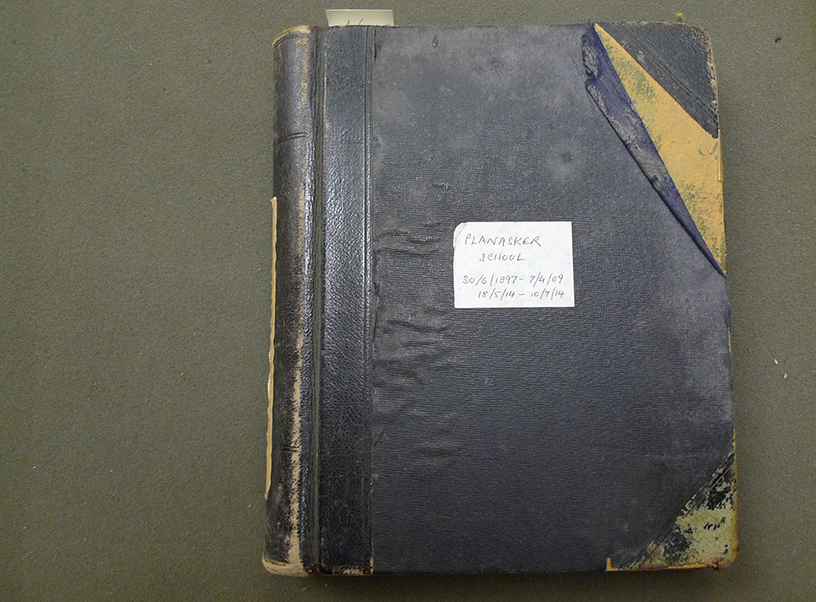
Find out more about the project
Lessons Learnt
- The school logbooks offer much more than the instrumental series: they provide insights into how communities have evolved and adapted to extreme weather. The spatial distribution and depth in time covered by the school logbooks offers considerable opportunity for further analysis of the weather and impacts, for a region where few alternative sources are available.
- We illustrate that islanders were especially vulnerable to extreme weather events, typically strong winds, heavy rain, storms and snow which affected children’s school attendance, health and well-being. The vulnerability to extreme weather reflected the wider social vulnerability of the islands’ crofting communities.
- Examining our climate past – developing understandings of how communities have historically grappled with challenges of weather and climate uncertainty, extremes, impacts and how to recover and/or respond – can also help us to understand our climate futures.
- Digital exhibitions may be more desirable as overcomes challenges of long-term physical curation, however digital curation still required.
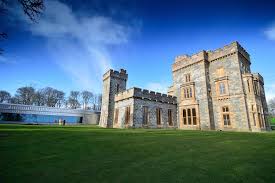
Resources and further reading
The materials house on the Museum & Tasglann nan Eilean Siar website: www.outerhebridesheritage.org.uk/discover/clandage-climate-resilience-project/
Macdonald N., Naylor S., Bowen J.P., Harvey-Fishenden A. & Graham E.E. (2023) Understanding weather futures based on the past: A case of Stornoway, Outer Hebrides, Scottish Geographical Journal, 139 (1-2) :115-132, https://doi.org/10.1080/14702541.2022.2158366
Naylor S., Bowen J., Macdonald N., and Enfield G. (2022) Extreme weather, education and social vulnerability on the Outer Hebrides, Scotland, 1872-1945, Journal of Historical Geography, 78: 84-94 https://doi.org/10.1016/j.jhg.2022.07.006

